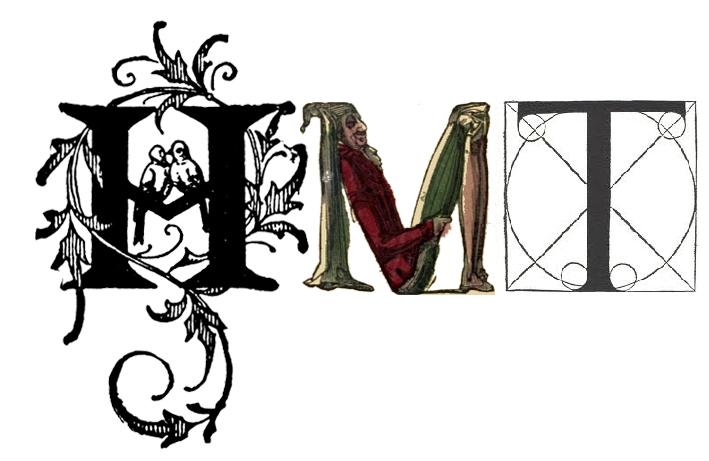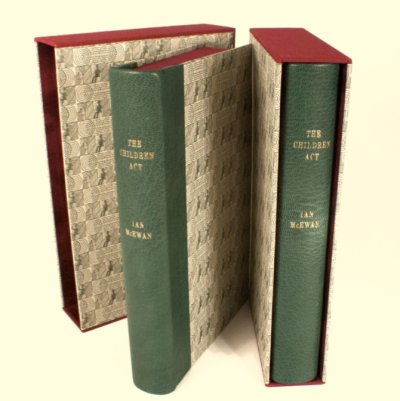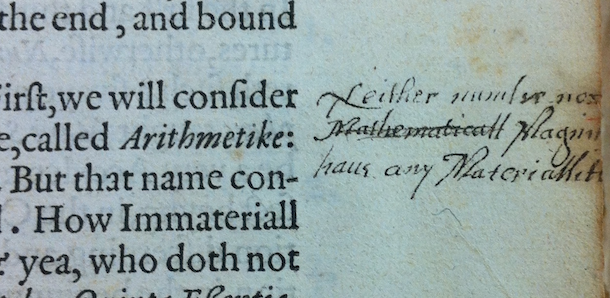THE GIANT BIBLES OF TWELFTH-CENTURY ENGLAND
A series of three lectures by Christopher de Hamel, Donnelley Fellow Librarian of Corpus Christi College, Cambridge.
The great Latin Bibles, in huge multiple volumes, are by far the largest and most spectacular manuscripts commissioned in England in the twelfth century, decorated with magnificent illuminated pictures. The lectures will consider the purpose of such books and why they were suddenly so fashionable and also why they passed out of fashion in England during the second half of the twelfth century.
Lecture 1: Monday, 27 October 2014 18.15-19.30
The Bury Bible
The first lecture will look principally at the Bible of Bury St Edmunds Abbey, now in the Parker Library at Corpus Christi College, Cambridge. The manuscript, commissioned in the time of Anselm, abbot of Bury 1121-48, is usually dated to around 1130. It was decorated by the hand of Master Hugo, the earliest professional artist in England whose name is known. The lecture will also examine the larger questions of where exemplars and materials were found for the Bible, and at the phenomenal expense of such undertakings.
Lecture 2: Thursday, 30 October 2014 18.15-19.30
The Winchester Bible
The Winchester Bible is still in the cathedral where it was commissioned, doubtless by Henry of Blois, bishop of Winchester 1129-71. It too was illuminated by professional painters, who apparently also worked on frescoes in Spain. The lecture will take advantage of the recent disbinding of the manuscript to make new observations about its production, and to suggest new dates for the different phases of the work, undertaken in parallel with a second (but lesser) giant Bible from Winchester, now in the Bodleian Library.
Lecture 3: Monday, 3 November 2014 18.15-19.30
The Lambeth Bible
Despite its fame and quality of illumination, nothing has been hitherto known about the Lambeth Bible’s original owner or patron. The lecture will propose that it was commissioned around 1148 for Faversham Abbey by King Stephen, king of England 1135-54. The lecture will end with observations of why giant Bibles passed out of fashion in England during the second half of the twelfth century.
FREE ADMISSION
18.15 in the Conference Centre
British Library, 96 Euston Road, London NW1 2DB



